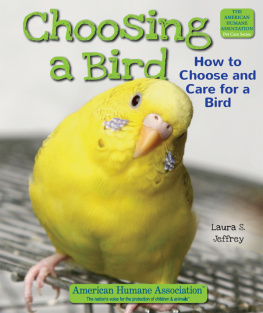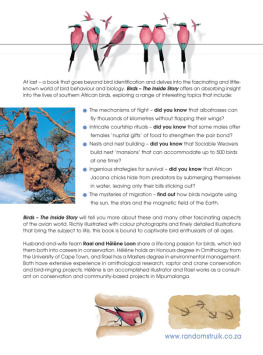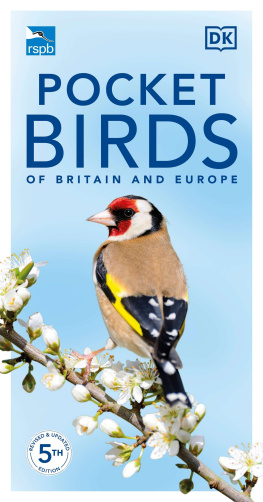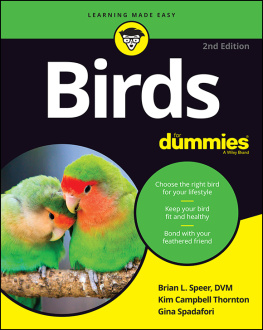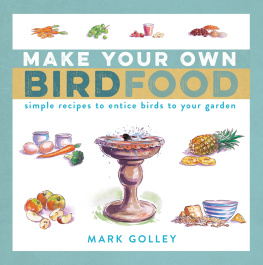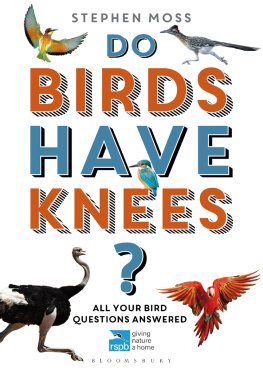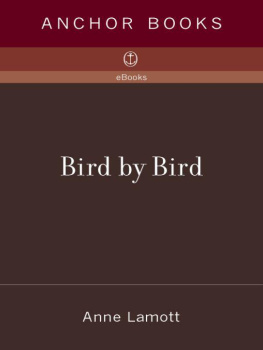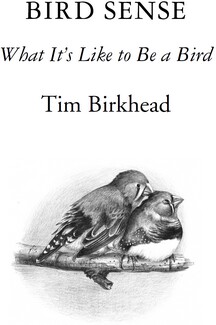

Walker & Company
New York
For the sylph
Contents
Buggered is how most New Zealanders describe their bird fauna, and it is. Ive rarely been anywhere where birds are so thin in the air or on the ground. A mere handful of species several of them flightless and nocturnal have survived the ravages of introduced European predators, and now exist in tiny numbers, mainly on offshore islands.
The sun is already setting as we arrive at the lonely quayside. The faint purr of an outboard motor soon materialises into a small boat approaching from the island. Within minutes we are heading out to sea and into a blazing sunset. The mainland-island transition is magical: twenty minutes and we step out of the boat on to a wide, sweeping beach overhung with majestic pohutukawa trees.
Anxious to see our first kiwi we are out again as soon as we have eaten. The moonless night sky is splattered with stars the southern Milky Way, so much more intense than that in the northern hemisphere. Our path takes us back down towards the shore and we are suddenly aware of the sea: phosphorescence! The tiny waves lapping the beach are glowing. You should swim, Isabel says, and with no further encouragement we are all skinny-dipping, and ignited by bioluminescence we jump around like human fireworks. The effect is spellbinding: a visual extravaganza as elusive and astonishing as the aurora.
Ten minutes later we are dry and continue our kiwi quest into the adjacent woodland. With her infra-red camera, Isabel scans ahead, and there, hunched among the vegetation, is a dark, domed shape: our first kiwi. To the naked eye the bird is invisible, but on the camera screen it is a black blob, with an extraordinarily long, white bill. Unaware of us, the bird shuffles forward, foraging like a machine: touch, touch, touch. At the end of this long summer the ground is too hard for probing and coming across a cluster of crickets on the soil surface, the kiwi snaps them up as they attempt to hop, skip and jump away. Suddenly aware of us, the bird hurries off into the bush and out of sight. As we walk back to the house the darkness reverberates with the high-pitched squeals of male kiwis k,wheee, k,wheee.
Isabel Castro has been studying kiwis on this tiny island sanctuary for ten years. She is one of a handful of biologists trying to understand the birds unique sensory world. Some thirty of the islands kiwis carry radio transmitters that Isabel and her students use to follow the birds night-time wanderings and to pinpoint their daytime roosts. We have joined the annual catch-up to replace the transmitters whose batteries fade after a year.
In the brightness of the early morning sun we follow a transmitters bleep through a forest of manuka trees and ponga (tree ferns) to a small swamp. Without speaking, Isabel indicates that she thinks our bird is in a dense patch of reeds and mimes to ask me if Id like to catch it. Kneeling, I see a small opening in the reeds and with my face close to the muddy water I peer inside. With my head torch I can just make out a brown, hunched shape facing away from me. I wonder whether the bird is aware of me as kiwis are renowned for their deep day-time sleep. Judging the distance, I steady myself in the soggy ground and shoot my arm forward to grab the bird by its huge legs. Im relieved: to have lost it in front of the research students would have been embarrassing. I gently pull the bird from its sleepy hollow, cradling its chest in my hands. It is heavy: at around two kilos the brown kiwi is the largest of the five (currently) recognised species.
It is not until you have this bird lying in your lap that you realise just how utterly bizarre it is. Lewis Carroll would have loved the kiwi it is a zoological contradiction: more mammal than bird, with luxuriant hair-like plumage, an array of elongated whiskers and a long, very sensitive nose. I can feel its heart beating as I fumble my way through its plumage to find its minuscule wings. They are odd; each like a flattened finger with a few feathers along one side and a curious hooked nail at the tip (what does it use that for?). Most remarkable of all are the kiwis tiny, all but useless eyes. Even if there had been one on the beach the previous night, the visual extravaganza of our bioluminescent cavorting would have been wasted on the kiwi.
What is it like being a kiwi? How does it feel plodding through the undergrowth in almost total darkness, with virtually no vision, but with a sense of smell and of touch so much more sophisticated than our own? Richard Owen, a nasty narcissist but a superb anatomist, dissected one around 1830 and seeing the kiwis tiny eyes and huge olfactory region in its brain suggested with little knowledge of the birds behaviour that it relied more on smell than sight. Skilfully linking form with function, Owens predictions were elegantly borne out one hundred years later when behavioural tests revealed the laser-like accuracy with which kiwis pinpoint their prey below the ground. Kiwis can smell earthworms through cm of soil! With such a sensitive nose, what does a kiwi experience on encountering another kiwis droppings which to me at least are as pungent as those of a fox? Does that aroma conjour up an image of its owner?
In his famous essay What is it like to be a bat? published in 1974 , the philosopher Thomas Nagel argued that we can never know what it feels like to be another creature. Feelings and consciousness are subjective experiences so they cannot be shared or imagined by anyone else. Nagel chose the bat because as a mammal it has many senses in common with ourselves, but at the same time possesses one sense echolocation that we do not have, making it impossible for us to know what it feels like.
In one sense Nagel is right: we can never know exactly what its like to be a bat or indeed a bird, because, he says, even if we imagine what it is like it is no more than that, imagining what it is like. Subtle and pedantic perhaps, but thats philosophers for you. Biologists take a more pragmatic approach, and thats what Im going to do. Using technologies that extend our own senses, together with an array of imaginative behavioural tests, biologists have been remarkably good at discovering what it is like to be something else. Extending and enhancing our senses has been the secret of our success. It started in the 1600 s when Robert Hooke first demonstrated his microscope at the Royal Society in London. Even the most mundane objects such as a birds feather were transformed into something wondrous when seen through the lens of a microscope. In the 1940 s biologists were amazed by the details revealed by the first sonograms sound pictures of birdsong, and even more amazed when in 2007 for the first time they were able to see using fMRI (functional magnetic resonance imaging) scanning technology the activity in a birds brain in response to hearing the song of its own species.
We identify more closely with birds than with any other group of animals (apart from primates and our pet dogs), because the vast majority of bird species although not the kiwi rely primarily on the same two senses as we do: vision and hearing. In addition, birds walk on two legs, most species are diurnal and some, like owls and puffins, have human-like faces, or at least, faces we can relate to. This similarity however, has blinded us to other aspects of birds senses. Until recently it was assumed with the kiwi as a quirky exception that birds have no sense of smell, taste or touch. As we will see, nothing could be further from the truth. The other thing that has retarded our understanding of what it is like to be a bird is the fact that to comprehend their senses we have no alternative but to compare them with our own, yet it is this that so limits our ability to understand other species. We cannot see ultraviolet (UV) light, we cannot echolocate, nor can we sense the earths magnetic field, as birds can, so imagining what it is like to possess those senses has been a challenge.
Next page



